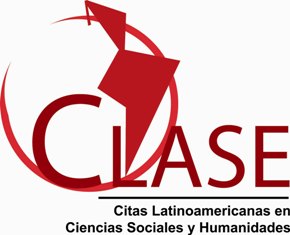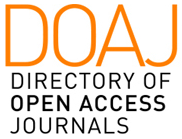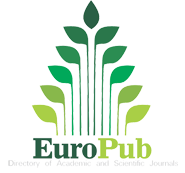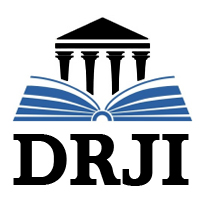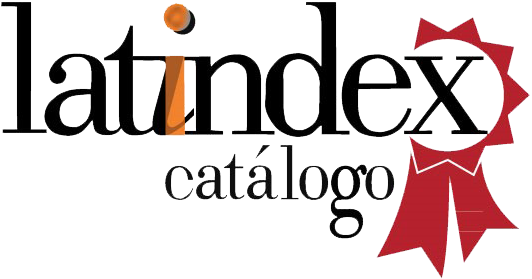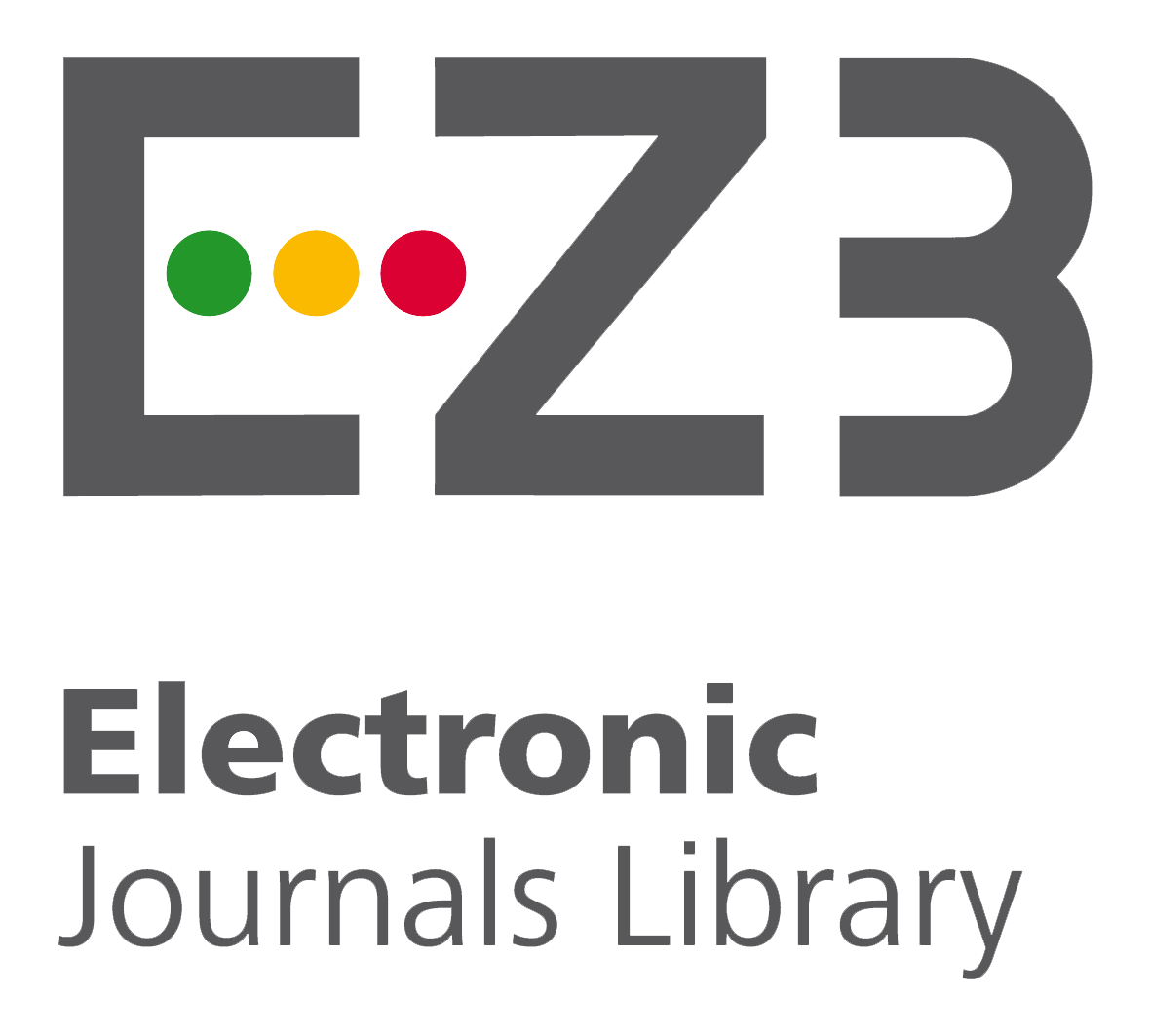On the game and the creativity in education: A systematic revision 2017-2022 (Review)
Keywords:
game; ludic; learning; creativity; creative thinking; creative thinkingAbstract
Playful activity, at all times in the life of the human being, has a gravitating importance; from the interaction with his natural environment and his immediate social environment to the strategies used in school to acquire significant learning, it is through this that the subject establishes, through a natural and open language, a relationship of freedom with his peers and the adults with whom he interacts; on the other hand, this type of activities promote the development of creative thinking. In this work, information has been gathered from the literature on play and creativity in the educational field, that is, the way in which ludic activity is used as a strategy for the development of the second, creativity. For this purpose, a documentary research work was used in which information was collected from articles published in databases that guarantee their academic quality such as Scopus, Scielo, Redalyc and Dialnet; the research was systematized through the application of keywords and Boolean tools for search optimization between the years 2017 - 2022, with the purpose of establishing the size of the sample, which was 20 articles on the chosen topic, found from the aforementioned databases. After analyzing them, the results show that the game or ludic activity, used as a methodological strategy, is a powerful tool for the development of the creative potential of students at different educational levels.
Downloads
References
Acuña, M., Barragán, J., & Triana, D. (2020). Crea tu estrategia, videojuego para potenciar la creatividad en niños en edad inicial. Revista Zona Próxima, 32(2), 55-74. http://www.scielo.org.co/pdf/zop/n32/2145-9444-zop-32-31.pdf
Albornoz, E. J. (2019). El juego y el desarrollo de la creatividad de los niños/as del nivel inicial de la escuela Benjamín Carrión. Revista Conrado, 15(66), 209-213. http://conrado.ucf.edu.cu/index.php/conrado
Barberousse, P., & Vargas, M. (2019) Animación a la lectura y escritura en la Escuela Finca Guararí: Una experiencia lúdico-creativa desde el proyecto “Construyendo una propuesta de implementación” del Programa Maestros Comunitarios. Revista Electrónica Educare, 23(2), 128-142. https://doi.org/10.15359/ree.23-2.7
Blanquiz, Y., & Villalobos, M. F. (2018) Estrategias de Enseñanza y Creatividad del Docente en el área de Ciencias Sociales de Instituciones Educativas de Media de San Francisco. Revista Telos, 20(2), 356-375. https://www.redalyc.org/jatsRepo/993/99356889008/html/index.html
Candela, Y., & Benavides, J. (2020). Actividades lúdicas en el proceso de enseñanza-aprendizaje de los estudiantes de la básica superior. Rehuso, 5(3), 78-86. https://revistas.utm.edu.ec/index.php/Rehuso/article/view/1684
Cedeño, E., & Calle, R. (2020). Incidencia de los juegos individuales y colectivos en las habilidades y destrezas de los estudiantes. Rehuso, 5(2), 77-93. https://doi.org/10.5281/zenodo.6812330
Elisondo, R. C., & Piga, M. F. (2020). Todos podemos ser creativos. Aportes a la educación. Revista Diálogos sobre educación. Temas actuales en investigación educativa, 11(20), 220-250. https://doi.org/10.32870/dse.v0i20.590
Flores, A., Reyes, A., & Salazar, E. (2021). Estrategias Lúdicas para el Fomento de la Escritura Creativa en Estudiantes de Secundaria. Revista Electrónica Entrevista Académica, 4(9), 92-103. https://econpapers.repec.org/article/ervrearea/y_3a2021_3ai_3a9_3a08.htm
González, N., Fernández, L. M., Mosqueira, M. F., Ferro, P., & Fontánez, M. (2022). Desarrollo de la Creatividad en los Niños de Educación Primaria en América Latina en Tiempos de Pandemia Covid-19. Revista Polo del Conocimiento, 7(4), 1502-1517. doi: 10.23857/pc.v7i4.3903
Herrera, R. E. (2021). Estrategias lúdicas para mejorar y fomentar la lectura en educación inicial. Revista Interdisciplinaria Koinonia, 6(4). https://dialnet.unirioja.es/servlet/articulo?codigo=8192291
Linares, W. (2022). Estrategias lúdicas para el pensamiento crítico-creativo en niños de cinco años. Revista Innova Educación, 4(3), 168–184. https://doi.org/10.35622/j.rie.2022.03.011
Lombardelli, J. (2020). Ludificando las ciencias: un espacio para la creación colectiva. Revista Cuaderno, 98(2), 163-174. https://dspace.palermo.edu/ojs/index.php/cdc/article/view/3979
Medina G., & Ángela, M. (2018). Creatividad: estrategias y técnicas creativas empleadas en educación universitaria. Revista de Investigación, 42(94), 98-118. https://www.redalyc.org/articulo.oa?id=376160142002
Plascencia, M., Corvalán, F., & Linaza, J. L. (2021). Espacios lúdicos y territorios para niños y niñas: ludotecas en zonas vulnerables. Linhas Críticas, 27(2), 12-34. https://www.redalyc.org/articulo.oa?id=193567258038
Piaget, J. (1983). La formación del símbolo en el niño. Española.
Regalado, A. M., & Sanz, O. (2022). Estrategia lúdico-pedagógica para el desarrollo de la creatividad en los alumnos del subnivel preparatorio. Revista Científica Multidisciplinaria Yachasun, 6(11), 35-53. https://doi.org/10.46296/yc.v6i11.0192
Rincón, M., & Bittar, O. (2022) Estrategias del gerente de aula para el desarrollo de la creatividad. Revista Científica Electrónica de negocios Scientific e-journal of Human Sciences, 5(32), 112-231. http://doi.org/10.5281/zenodo.5745905
Romo, M. (2018). ¿Tiene género la creatividad? Obstáculos a la excelencia en mujeres. Estudos de Psicologia (Campinas), 35(3), 247-258. http://dx.doi.org/10.1590/1982-02752018000300003















